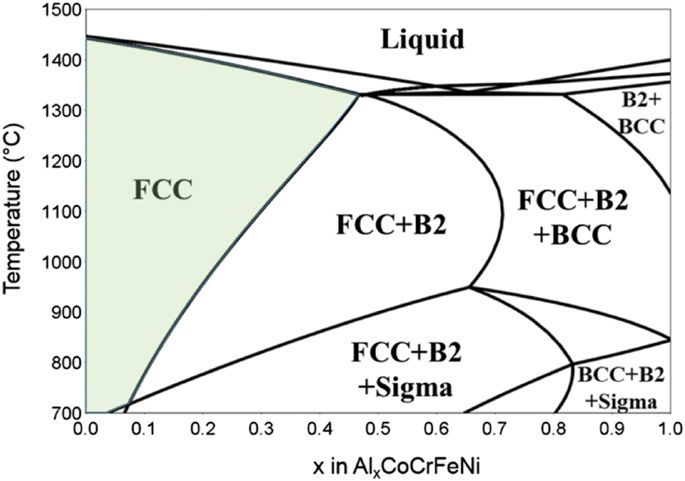npj Materials Degradation ( IF 6.6 ) Pub Date : 2018-02-20 , DOI: 10.1038/s41529-018-0027-4 Christopher D. Taylor , Pin Lu , James Saal , G. S. Frankel , J. R. Scully

|
Structure, composition and surface properties dictate corrosion resistance in any given environment. The degrees of freedom in alloy design are too numerous in emerging materials such as high entropy alloys and bulk metallic glasses for the use of high-throughput methods or trial and error. We review three domains of knowledge that can be applied towards the goal of corrosion resistant alloy (CRA) design: (a) the aggregation of knowledge gained through experience in developing CRAs empirically, (b) data-driven approaches that use descriptive metrics for alloy composition optimization, and (c) first-principles models of elementary processes that regulate corrosion informed by theory and inspired by phenomenological models in the literature. A path forward for integrated computational materials engineering (ICME) of CRAs that unites these three knowledge domains is introduced.
中文翻译:

耐腐蚀合金的综合计算材料工程
结构,成分和表面性质决定了在任何给定环境下的耐腐蚀性。合金设计的自由度在新兴材料(例如高熵合金和大块金属玻璃)中太多,无法使用高通量方法或反复试验。我们回顾了可用于实现耐腐蚀合金(CRA)设计目标的三个知识领域:(a)通过经验开发CRA的经验积累的知识的汇总;(b)使用描述性度量标准对合金进行数据驱动的方法成分优化,以及(c)基本过程的第一性原理模型,该理论模型通过理论指导并受文献中的现象学模型启发来调节腐蚀。











































 京公网安备 11010802027423号
京公网安备 11010802027423号